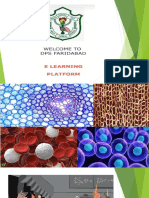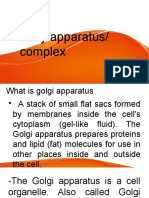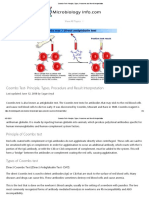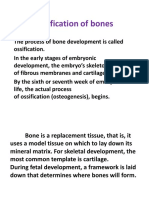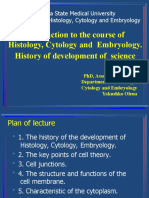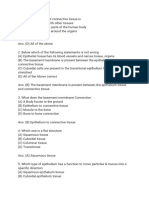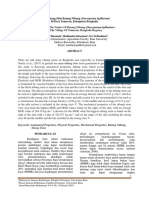0% found this document useful (0 votes)
25 views4 pages8th ASSIGNMENT CH 8 CELL STRUCTURE AND FUNCTIONS
The document covers various aspects of cell structure and functions, including the roles of different cell types, organelles, and the process of cell division. It explains the characteristics that distinguish plant and animal cells, the functions of the nucleus, and the significance of genes. Additionally, it discusses the organization of cells into tissues and organs, as well as the importance of cell division for growth and repair.
Uploaded by
tinxa2413Copyright
© © All Rights Reserved
We take content rights seriously. If you suspect this is your content, claim it here.
Available Formats
Download as DOCX, PDF, TXT or read online on Scribd
0% found this document useful (0 votes)
25 views4 pages8th ASSIGNMENT CH 8 CELL STRUCTURE AND FUNCTIONS
The document covers various aspects of cell structure and functions, including the roles of different cell types, organelles, and the process of cell division. It explains the characteristics that distinguish plant and animal cells, the functions of the nucleus, and the significance of genes. Additionally, it discusses the organization of cells into tissues and organs, as well as the importance of cell division for growth and repair.
Uploaded by
tinxa2413Copyright
© © All Rights Reserved
We take content rights seriously. If you suspect this is your content, claim it here.
Available Formats
Download as DOCX, PDF, TXT or read online on Scribd
/ 4


















































